Some things in life aren’t as simple as they seem. Folding clothes definitely falls into that category. It’s tricky enough to keep your own clothes folded and organized, and when you bring a new life into the world, you’ve got a whole new set of tiny garments to contend with!
To make parenthood a bit easier for you, we’re here to guide you through the folding process so that your kids’ wardrobe is way more manageable.
You’ll learn to fold their clothes fast, and store them in an organized fashion so that you’re never without the perfect item for the occasion. Let’s begin!
Classic Folding Method
If you want to fold kids’ clothes with the same approach as your own adult wardrobe, you can simply apply the same methods as you do in your daily life right now.

Everyone has their own way of folding clothes, and it often comes down to freestyling in a way that’s most intuitive and expedient for you.
With kids’ clothes, you just need to be a bit more exact with the folds and apply more precision to the process since you’ve got much less material to work with.
Here are some classic folding methods to use for your kids’ wardrobes.
Shirts and Tops
Just like you would fold a shirt of your own, start by folding the garment in half across a vertical line going down the middle. The sleeves should match up, so it looks like half of a shirt, folding the top down to the bottom to create a uniform rectangle or square shape.
Alternatively, you can fold both sleeves to the reverse side of the garment so that they are tucked behind, then fold the shirt in half for a more organized look. This is how t-shirts are displayed in shops, so you can see any graphics clearly displayed.
Sleepers and Onesies
Things get trickier when attempting to fold one-piece outfits for newborns and infants, but you can apply the techniques we discussed above.
For a bodysuit, simply lay the garment on its front, fold the sleeves to the back in a symmetrical way, then fold the entire piece in half so that you have a nice and orderly square.
With coveralls and rompers, you’ve got legs to contend with, but don’t fret. Just fold the sleeves and legs to the back of the garment in an X pattern so that it can be folded in half without being too lumpy or disorderly.
You’ll encounter some unusual clothing types as your child grows and acquires new clothes, but you can navigate nearly any folding challenge with these simple techniques.
Pants and Bottoms
Pants are the easiest of the bunch, so don’t think twice! Just fold one leg over the other, so it looks like one column, then fold the whole garment in half so that the cuffs reach the waistband.
If the material is very thin and malleable, you can do another fold to get a more square shape, but this will end up taking more space in your drawer.
When it comes to organizing kids’ clothes, it’s a game of tradeoffs, so use your best judgment and make the most of the space available to you.
KonMari Method
Traditional folding is familiar and fast, but you’re missing out on a much more space-efficient technique known as the KonMari fold! Once you learn the basics of this method, you’ll quickly see the advantages and will start using it for every garment in your wardrobe.

This method was invented by the famous Japanese organizing consultant, author, and TV host Marie Kondo. She is the master of all things organization and has rightfully earned her title of “tidying expert.”
We’ll do our best to describe the folds here, but we recommend browsing some video tutorials online to see the folds in action and eliminate any ambiguity.
Shirts and Tops
Start by folding one side of the shirt inward to the center, then fold the sleeve back onto that portion of the garment. Next, do the same for the other side so that you have a clean and symmetrical column to work with.
Then, fold the bottom portion of the garment towards the top, but leave a bit of space so that it’s not fully folded in half. Finally, fold the garment twice more from the bottom to create a perfect rectangle shape that can be packed away easily.
Sleepers and Onesies
The same rules apply when folding these one-piece garments with the KonMari method. Fold the garment inwards lengthwise, then tuck the sleeves before folding it into thirds.
Pants and Bottoms
The KonMari method isn’t much different from the traditional method we described above, so just follow those steps and remember to fold in thirds so that the garment is compact.
Pointers to Keep in Mind
The KonMari method is all about maximizing space by folding garments to stand on their own and be neatly organized in a drawer.
Always use a clean, flat surface to fold clothes, and apply plenty of pressure to the creases of the folds to ensure they stay rigid and in place. The more you flatten the garment as you fold, the better your final product will be.
Speed Up the Process
Folding can feel like a chore, and that’s because it is. But you can use a few tips and mental hacks to make the process go smoother and actually enjoy your time folding clothes.

Don’t Overthink It
If you need to use some tiny hangers for mini hoodies and dresses, use hangers. If you can’t fold a onesie with perfect symmetry, don’t waste time re-folding it five times.
At the end of the day, we’re dealing with clothes, and they’re going to end up back in the hamper within 48 hours at most!
Kids go through multiple outfits a day, and the laundry never stops, so go easy on yourself and learn to enjoy the process as relaxing and therapeutic.
Keep a Tight Inventory
Folding is way more manageable when you know exactly what garments are going through the laundry every time. You learn the unique shapes of each item, and everything goes faster after a few times around.
Be more organized overall by tracking your inventory and remembering where everything will end up in drawers, closets, bins, or wherever else.
Pick Long-Lasting Clothes
It may sound obvious, but high-quality kids’ clothes are far more enjoyable and easy to fold. They are made from stronger, more durable materials and stand up in the dresser when you apply the KonMari techniques we described here.
Kids outgrow clothes quickly, of course, but it’s worth buying top-quality garments so that you don’t need to deal with issues like fraying, rips, tears, and thinning materials.
You can always give those clothes away to friends and family members, ensuring they get the maximum use and don’t go to waste.
Conclusion
Folding clothes can be relaxing if you know how to do it, and it makes life easier for everyone in your family! So try our techniques and treat your clothes with the love and respect they deserve.
Sources:
How to Fold Baby Clothes | Parents
How to Fold Baby Clothes (Step-by-Step Guide) | Mom Loves Best
How to Fold Baby Clothes: The Absolute Easiest Way | This Simple Balance
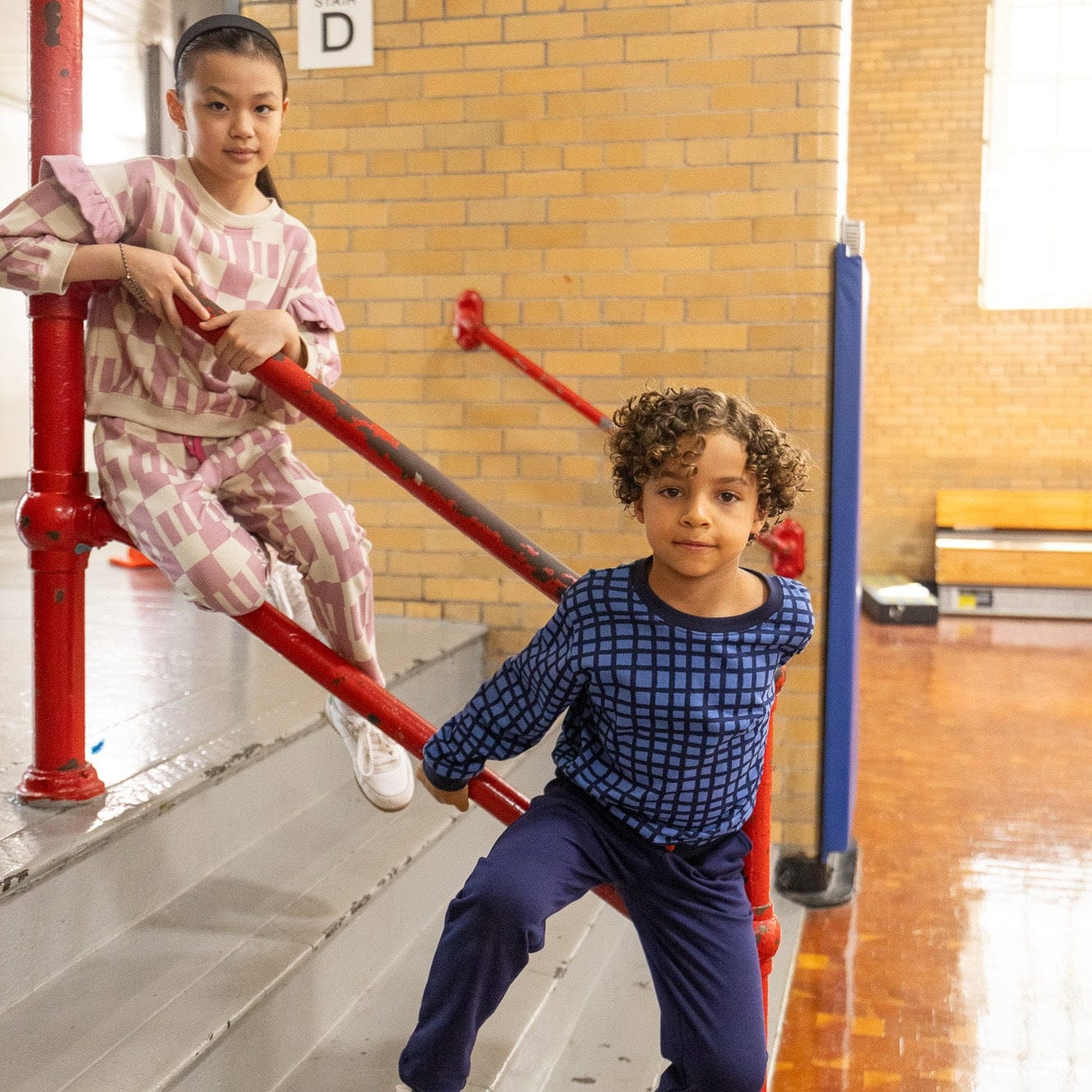
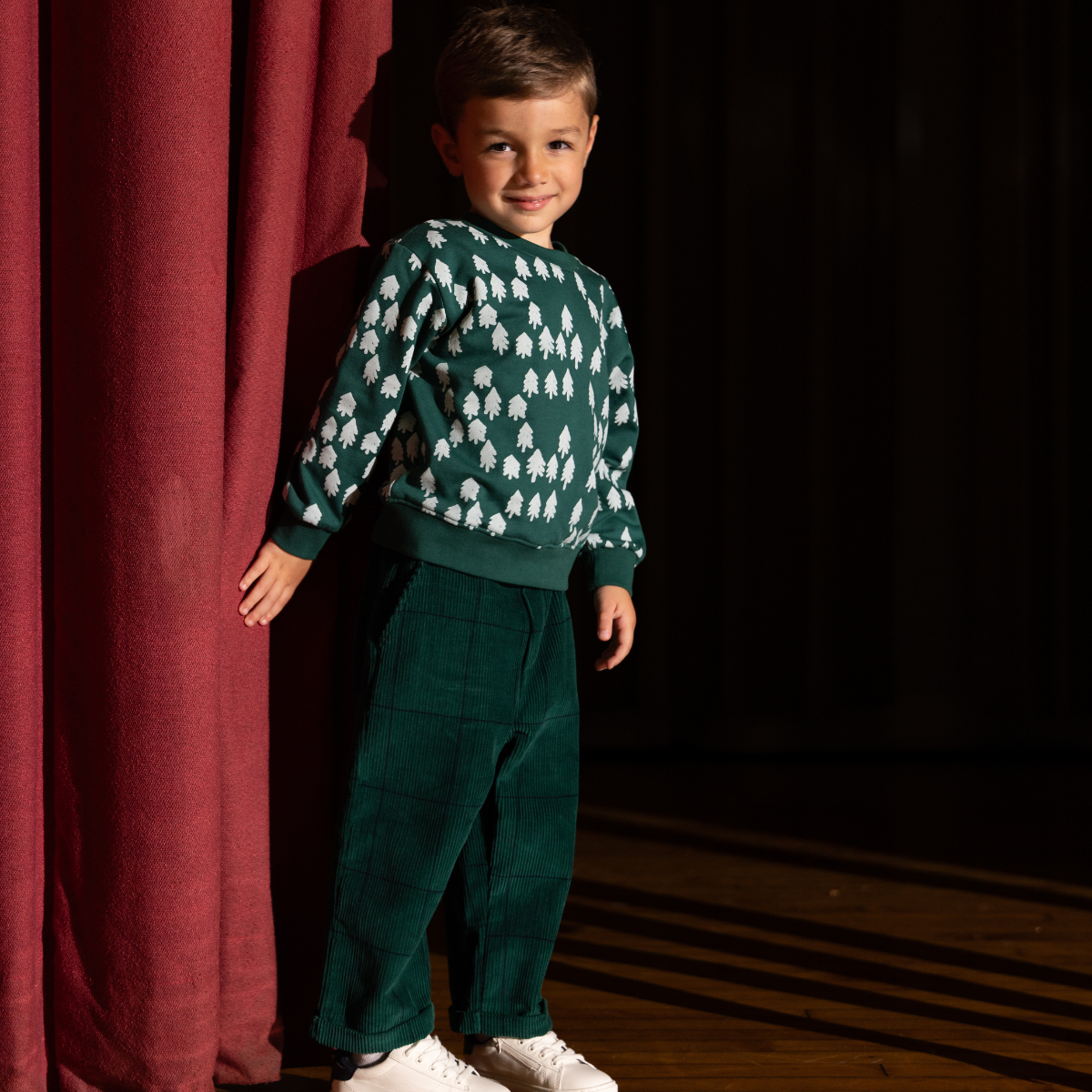
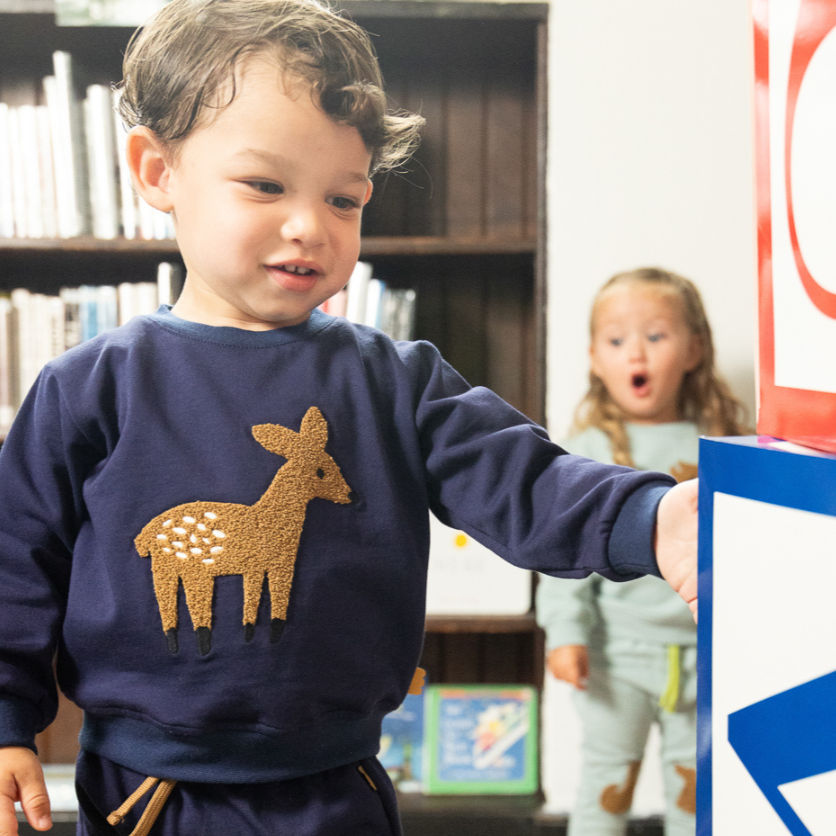
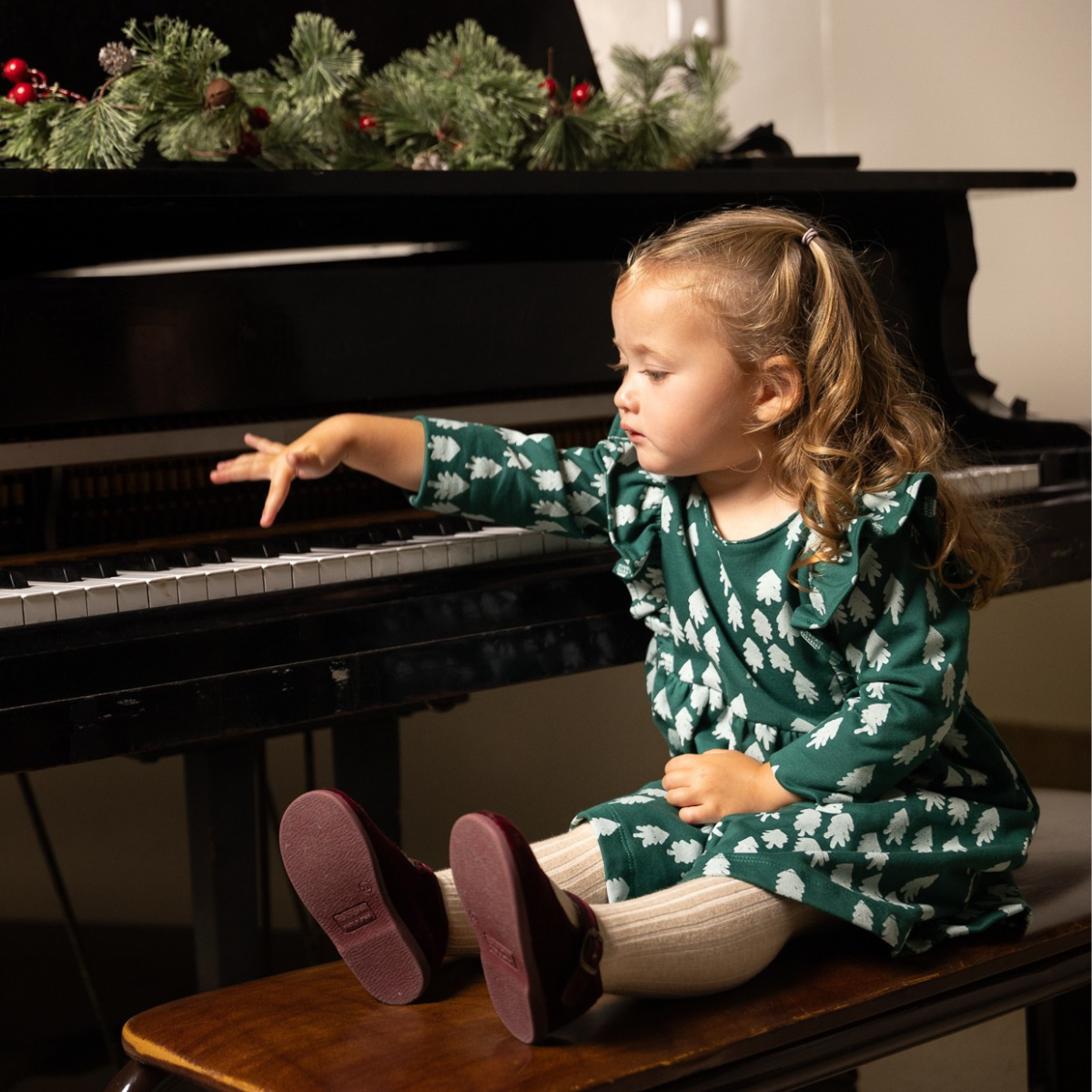
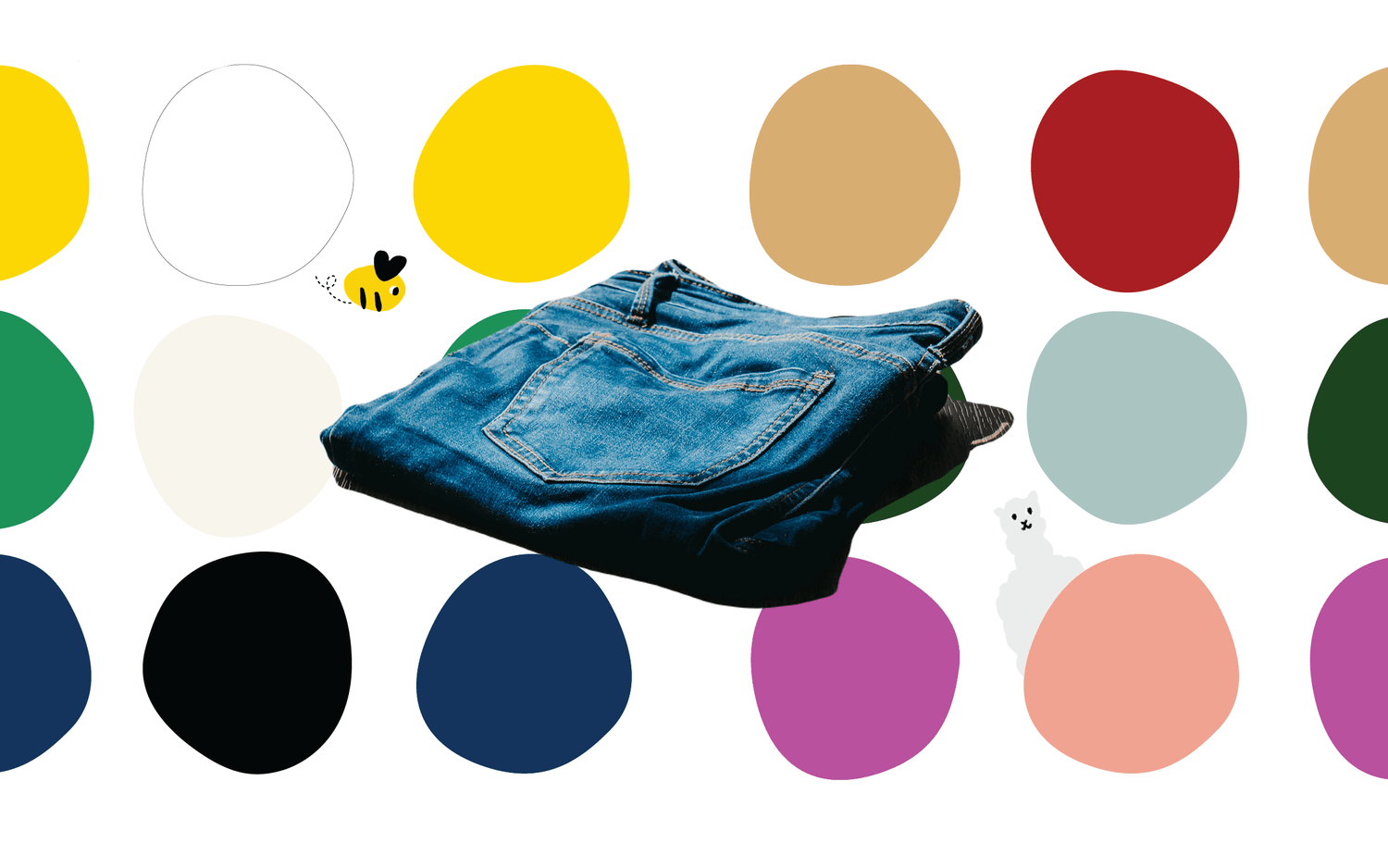


Leave a comment
This site is protected by hCaptcha and the hCaptcha Privacy Policy and Terms of Service apply.